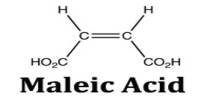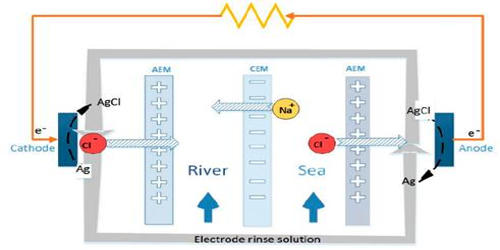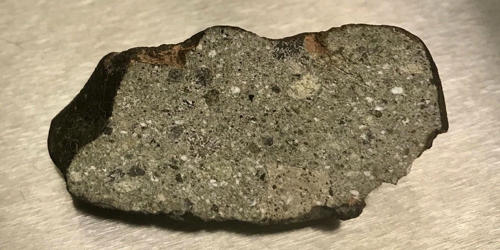As a hydrogen transporter that can move and store hydrogen safely and effectively, methylcyclohexane is particularly promising. The durability and significant energy loss of the dehydrogenation process utilizing catalysts, however, present problems.
Methylcyclohexane is a chemical compound with the molecular formula C7H14. It is a saturated hydrocarbon and a cycloalkane, meaning it consists of a ring of carbon atoms with hydrogen atoms attached to each carbon atom. In the case of methylcyclohexane, there is also a methyl (CH3) group attached to one of the carbon atoms in the cyclohexane ring.
Recently, Japanese scientists have achieved direct energy generation from methylcyclohexane and toluene recovery for reuse using solid oxide fuel cells. In addition to lowering energy requirements, this project aims to investigate novel chemical synthesis via fuel cells.
Because it is easier to transport, has minimal toxicity, and has a higher hydrogen density than high-pressure hydrogen, the organic hydride methylcyclohexane (MCH) is predicted to be a superior hydrogen carrier.
Dehydrogenation, the removal of hydrogen atoms from molecules while a catalyst is present, results in the production of toluene, a byproduct that can be used to create electricity and produce CO2-free power. However, because the dehydrogenation reaction is endothermic, energy loss and the equipment needed for the reaction are problems.
Methylcyclohexane is considered a stable and relatively non-reactive compound, and it is often used in organic chemistry experiments and processes where a non-polar solvent is needed. It has a boiling point of around 101-102°C and a density of approximately 0.77 g/cm³.
Recently, a team of researchers from Japan, led by Professor Akihiko Fukunaga from the Department of Applied Chemistry at Waseda University, has succeeded in generating electricity directly from MCH using solid oxide fuel cells (SOFC). Their work was made available online on July 4, 2023 in Volume 348 of Applied Energy.
The study team attempted to run the exothermic reaction of electricity generation and the endothermic reaction of dehydrogenation from organic hydrides concurrently in a fuel cell.
They used an anode-supported solid oxide fuel cell, which operates at a temperature greater than a polymer electrolyte fuel cell, to accomplish this. They ran it at conditions that prevented carbon from depositing at the electrodes and at a temperature that precluded pyrolysis of organic hydrides.
The production ratio of toluene to benzene was 94:6. This accomplishment showed that electricity could be produced with less energy than needed for dehydrogenation reactions utilizing catalysts and without the need for dehydrogenation facilities, which were previously necessary.
In addition, “It was elucidated that by changing the conditions, oxygen groups could be introduced into the aromatic skeleton using a fuel cell,” reveals Fukunaga.
These findings suggest that the SOFC’s MHC successfully produces electricity by interacting with the conducting oxygen ions. As a result, MHC can be used to generate power directly, and the energy needed to do so is less than what is needed for the typical catalyst-assisted dehydrogenation reaction of MCH.
“Fuel cells have been studied and developed as devices that produce highly efficient, carbon-free electricity through the electrochemical reaction of hydrogen and oxygen. In this study, we have demonstrated that this device can be applied to control dehydrogenation reactions from organic hydrides and oxygen substitution reactions of aromatic rings. In the future, new synthetic chemistry may be created by applying fuel cells,” concludes Fukunaga.
Here’s hoping that the proposed technology will pave the way to a sustainable hydrogen-based society!
















